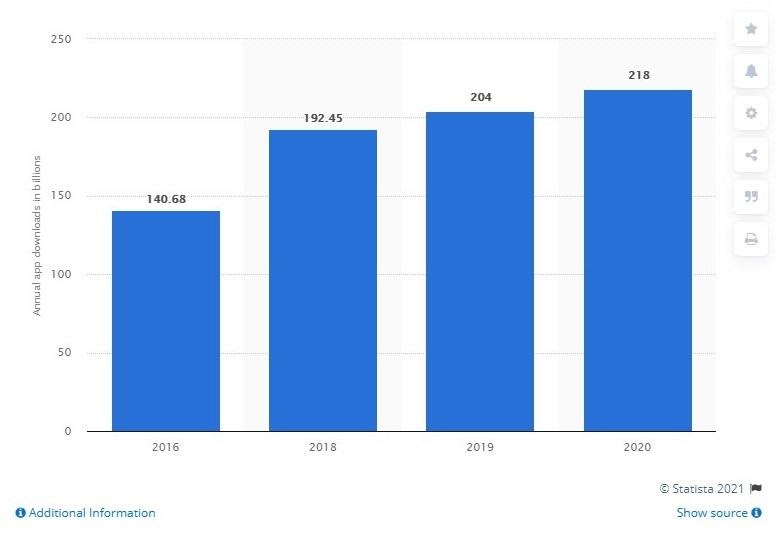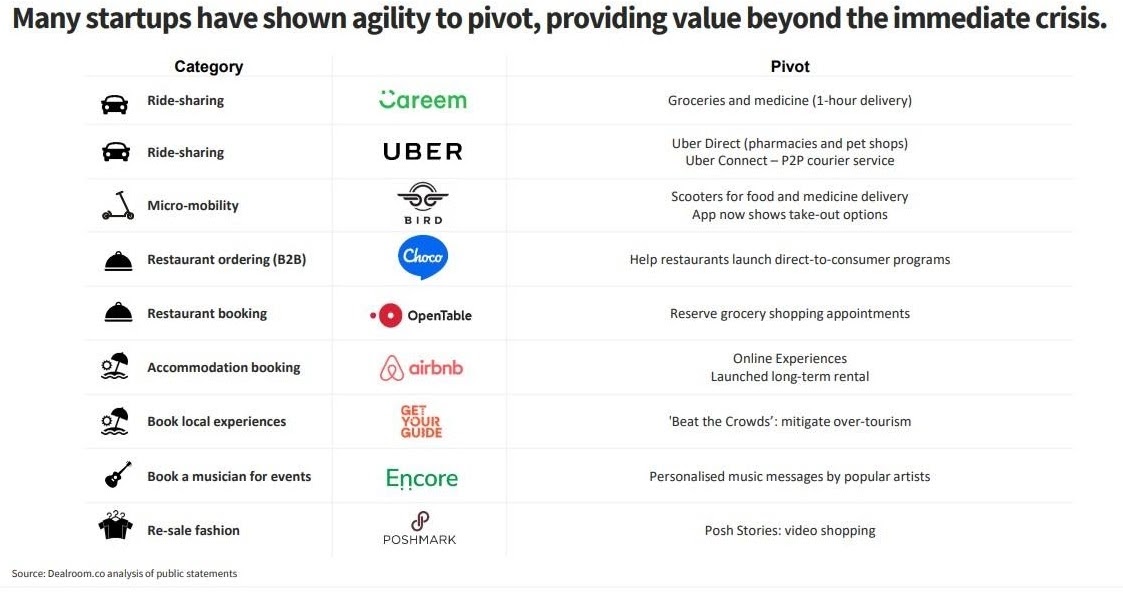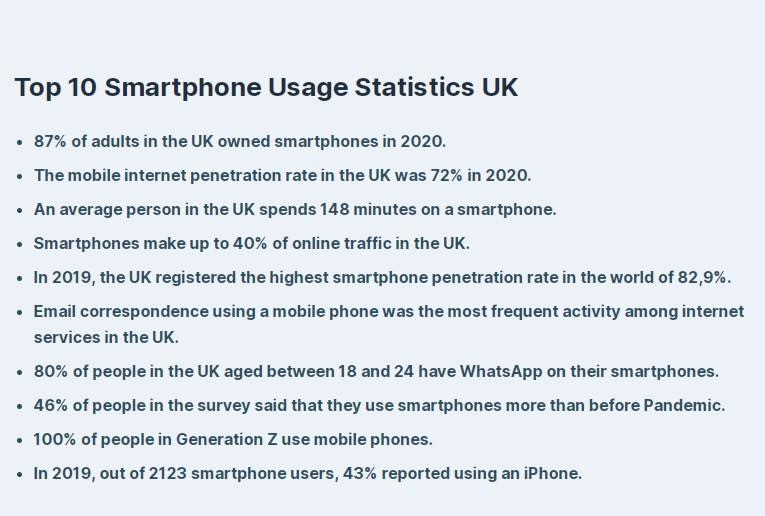Let’s clear something out: digitisation is here to stay. As public gathering is mostly being avoided, you follow the trend or stay where you are and get poor sales and engagement. But how to have a unique online presence in this crowd? Here comes mobile apps development for your brand and service.
The best part? You are in control— customising everything from layout to feature shortcuts. And the worst, well, there aren’t many to be concerned about.
The Revolution In Mobile Apps: Where We Stand?
Back in 2019, the United Kingdom was the hub for the mobile app market all over Europe. However, Germany, Russia, France, and Italy were the nearest competitors but lost the race. Apple’s app store made significant revenue while the nationwide revenue generation summed up at 2 billion US dollars (source).
Well, the race remains, but the market has changed. As covid-19 blew the whistle, a sudden shift from brick-and-mortar shop to e-commerce was seen. The transformation was so rapid nearly a decade of change just occurred within a few weeks.

First, let’s see how people use mobile apps in the UK— both iOS and Android.

From 2016 to 2020, the numbers just jumped from 140.68B to a whopping 218B. But it’s not static. With every second passing, someone somewhere is downloading an app. That being said, developing mobile apps for your brand means creating unlimited potential.
However, leveraging digital channels had begun decades ago. But we are noticing it in recent times as for the rise in competition. With numerous service providers around, how do we attract customers directly to our brand? Personalised mobile application development is one of the most effective solutions. And what makes it different from web applications is the feasibility it ensures— both in scalability and connectivity.
If you are a start-up, you have just added a number unless you have a solid strategy to scale up.
So, ready to talk digital? First, let’s see how to develop an app idea from scratch.
Turning into a mobile app for help is too common these days. Instead, numerous people use mobile applications to leverage automation, entirely manual even a few years back. But, what works behind a successful app that connects the users with the provider? What makes them feel special? Is it the brand they fall for, or there is something else?
More or less, it’s the ease of usage that encourages users to stick to a mobile app even when there are many alternatives. And not all apps offer a first-class user experience that the best mobile applications do. From outlining the layout, visuals and synchronising everything to binding the loose ends together, there goes a lot in a mobile application development service.
A mobile app development service requires 4 key persons or steps. However, it’s the least you’ll be needing if you want to develop a mobile app for your brand or service. On the contrary, there is no limit as you can deploy specific individuals for specific jobs and purposes.
Your 4 key persons will be—
- RnD team
- UI/UX designing team
- Seasoned coders
- QA team
Firstly, your RnD team is responsible for gathering user data and identifying market gaps. Then, they will run surveys to know the pain point of the users with a particular situation that you are planning to help with. Next, the UI/UX team will prepare a draft linking everything in and out from the gathered data. Later, the coding team is responsible for the mobile application development and makes the design a reality. Finally, once a certain degree of success is obtained, the QA team will run tests and identify flaws before it is finally launched.
It all starts with studying the competitors and identifying what they lack. Once you get to that point, the chances of becoming successful go up. However, when everyone is feasting on data and already addressing gaps, it’s challenging for a start-up to attain success. To make things short, why not starting with the below points —
- Is my idea unique?
- What are my competitors doing?
- How effectively my competitors’ mobile apps are communicating with the users?
- Is it enough for the users, or they want more?
- How do my competitors’ apps look? Any UI/UX gaps to be addressed?
- How are the users interacting with my competitors’ mobile apps? Why do they consider using them?
- Will my app offer any solution to the existing problem?
- Am I confident enough to take risks?
Those may be a few, but they can kick-start your mobile apps development idea taking you closer to the crowd. With A/B testing and leveraging the best mobile apps development agency in Stratford, success can be a fingertip away. So, if you are not up to the research phase and not sure where to start, reaching out to the top mobile application development company should be a wise man’s doing.
Here’s how mobile apps development can attain down-to-earth business growth for start-ups.
With so many mobile device users around, modern-day business needs mobile apps development to thrive. If you have an online venture, leveraging user-friendly apps can escalate sales almost immediately. But if you are still running businesses offline, it’s never too late to start. Below are some on-demand reasons to switch to a responsive mobile app —
1. Mobile apps make start-ups more agile:
In this dynamic business world, being agile wins the top position in the market. It shows you are here to conquer, not to follow the traditional footsteps. Moreover, numerous businesses have become successful for their agile strategies implemented through mobile applications. Below is a snapshot of what agility brings to businesses.

2. Everything has a mobile version:
From the biggest corporation to the smallest one, mobile is connecting everything with everyone. No matter what you talk about, be it a website or app, you’ll find a mobile version of it. So, when everyone is benefitting from mobile devices, what not you?
3. Mobile goes everywhere:
The greatest feature and benefit mobile devices offer mobility. Wherever you go, this little device finds its way right to your pocket. So, if your app is installed on a mobile device, rest assured, business is online.
Let’s see statistics about the average time spent on mobile –

Over the past years, smartphone usage has increased to an astonishing level. As users spend more time on their mobile devices, your chance to push more personalised services also increases.

4. Location tracking facility
Location-based marketing is the new sensation. As you can identify your users’ location through mobile apps, now you know what to offer them based on the season and trends.
5. Real-time data collection and analysis
With the user’s consent, you can track their real-time activity. So, you know what an app user is doing and what is making them uncomfortable. As a result, you can immediately fill the gap, keeping them loyal to your brand. Without an optimised mobile application, you can’t have this competitive advantage. To flourish in this competitive market, missing out on this opportunity is not very strategic.
6. Visual superiority
Today’s customers are highly visual. Moreover, visual elements stay longer in our memory than other forms of information. So when you tailor your mobile apps according to the customers’ preferences, it gives them a homely feeling. As a result, engagement skyrockets and your brand sophistication prevails.

That’s how a sophisticated mobile application design and development looks and feels.
7. Increased brand value
Start-ups often feel the pressure of marginalised brand presence. Introducing sophisticated mobile applications not only boosts online exposure but escalates overall performance. With a strong brand presence, the potential is unlimited. As the best mobile application development services allow you to own a mobile app at an affordable price, it’s not fair overlooking the opportunity.
If your business needs a push, mobile application development services can be the surefire way. But, from the research phase to launch, it takes time, dedication, and strategies. If you can go through the hurdles, you will be rewarded with more customers, better engagement, and a richer annual turnover. In this competitive market, thinking about any alternative to mobile applications requires courage. As it has already proved its worth in the global market, let’s leverage modern technology and build a first-class mobile application for your band.

